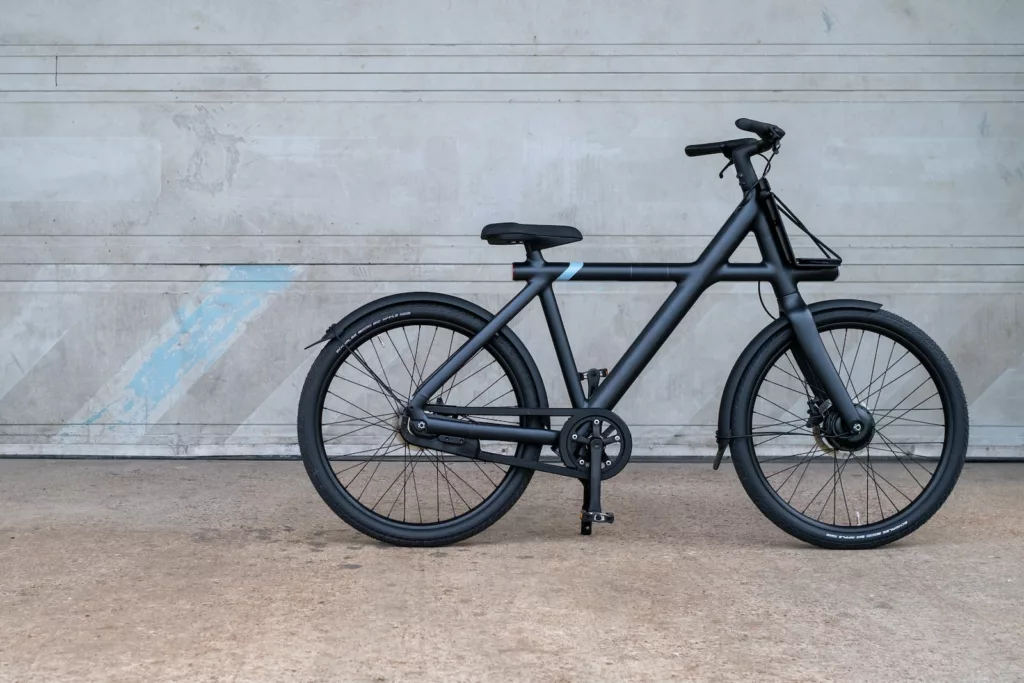Electric bicycles, commonly known as e-bikes, have been gaining immense popularity in the United Kingdom, marking a revolution in how people perceive urban mobility and leisure cycling. The surge in interest towards these pedal-assisted bikes is not just a trend but a reflection of the growing consciousness about eco-friendly transportation and the desire for more efficient, enjoyable commuting options.
Table of Contents
ToggleThis article aims to demystify the process of buying an electric bicycle in the UK, a task that might seem daunting at first, given the plethora of choices and considerations. From understanding the legal requirements and specifications that define an e-bike in the UK, to navigating the various models, battery types, and motor placements, we delve into every aspect that a potential buyer should be aware of.
Additionally, we address the practicalities of owning an e-bike, such as maintenance, charging infrastructure, and the cost implications, including potential government subsidies and incentives. Whether you’re a seasoned cyclist looking to upgrade or a newcomer eager to join the e-bike movement, this comprehensive guide is designed to answer all your questions, ensuring you make an informed decision that best suits your needs and lifestyle.
1. What are the legal requirements for electric bicycles in the UK?
In the UK, electric bicycles, also known as e-bikes, are subject to specific legal requirements. Firstly, the rider must be at least 14 years old. The bike’s motor shouldn’t be able to propel the bike when it’s travelling more than 15.5mph. Also, the motor shouldn’t have a maximum power output of more than 250 watts.
E-bikes that meet these requirements are classified as conventional bicycles. This means you don’t need a licence to ride them, and they don’t need to be registered, taxed or insured.
However, if an e-bike doesn’t meet these requirements, it’s classified as a moped or motorcycle and different rules apply. In this case, you’ll need the correct licence and insurance, and the bike must be registered and taxed.
It’s important to note that these rules only apply to e-bikes that are used on public roads or in public places. If you’re using an e-bike on private land, you can ignore these rules.
For more information, check out the UK government’s official guidance on e-bikes.
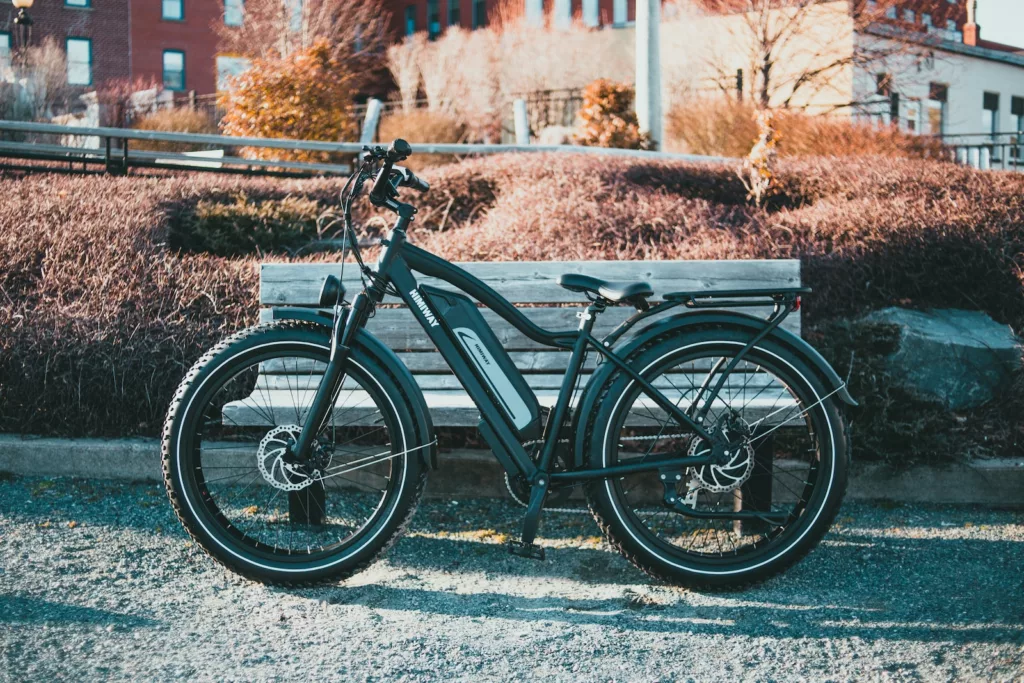
2. How much does a good electric bicycle cost in the UK?
The cost of an electric bicycle in the UK can vary widely, depending on factors such as the brand, the quality of the components, and the type of bike.
At the lower end of the scale, you can find basic e-bikes for around £500 to £800. These bikes are typically aimed at commuters and are great for short trips around town.
Mid-range e-bikes usually cost between £800 and £2,000. These bikes often come with higher-quality components and more sophisticated pedal-assist systems. They’re suitable for longer commutes and some recreational riding.
At the top end of the scale, you can find premium e-bikes that cost £2,000 or more. These high-end bikes are designed for serious cyclists and come with top-of-the-range components. They’re suitable for all types of riding, including off-road and long-distance trips.
Remember, when buying an e-bike, it’s important to consider the ongoing costs, such as maintenance and battery replacement, as well as the initial purchase price.
3. What are the best electric bicycle brands available in the UK?
There are many excellent electric bicycle brands available in the UK. Some of the most popular include:
- Brompton: Known for their iconic folding bikes, Brompton also offers electric versions. These e-bikes are perfect for city commuters who need a bike that’s compact and easy to carry.
- Gtech: Gtech is a British company that’s known for its innovative home and garden products. Their e-bikes are simple, stylish and affordable.
- Cube: Cube is a German brand that’s popular across Europe. They offer a wide range of e-bikes, from city bikes to mountain bikes.
- Trek: Trek is one of the biggest bike brands in the world. They offer a wide range of e-bikes, including city bikes, mountain bikes and road bikes.
- Specialized: Specialized is a US brand that’s known for its high-quality bikes. Their e-bikes are no exception and are highly rated by cyclists.
Remember, the best brand for you will depend on your individual needs and budget. It’s always a good idea to test ride a few different bikes before making your decision.
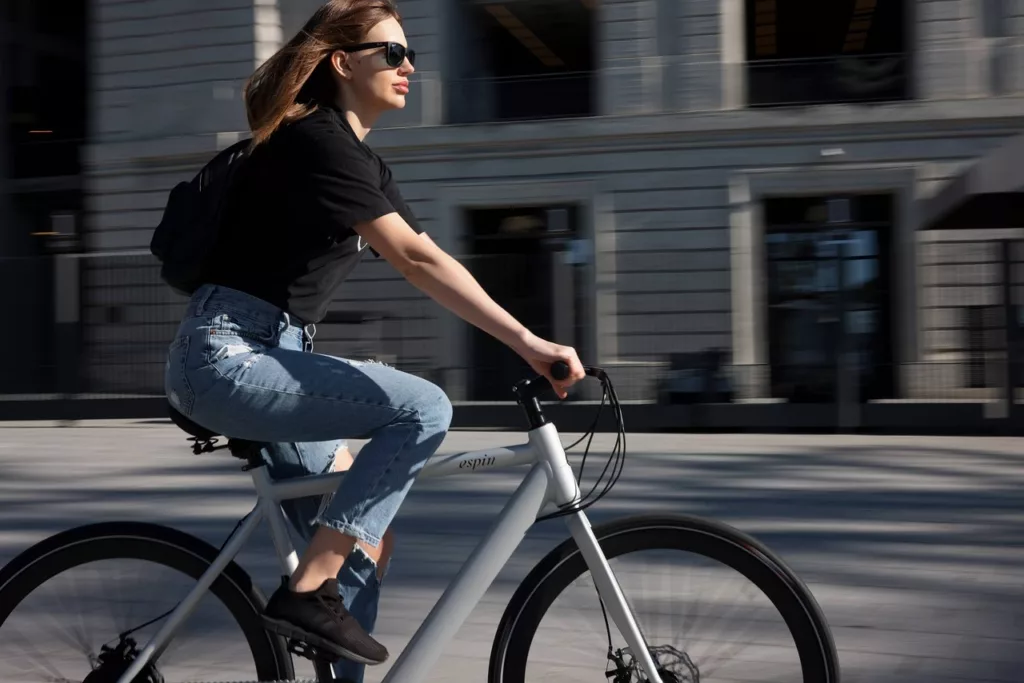
4. How long does the battery last on an electric bicycle?
The battery life of an electric bicycle can vary widely, depending on factors such as the size of the battery, the power of the motor, the weight of the rider, the terrain, and the level of pedal assist used.
As a rough guide, most e-bike batteries will last for between 20 and 50 miles of riding before they need recharging. However, some high-end e-bikes come with larger batteries that can last for 80 miles or more.
It’s worth noting that the battery’s lifespan – that is, the number of charge cycles it can go through before it needs replacing – is typically around 500 to 1,000 cycles. However, with good care, it’s possible to extend this.
When buying an e-bike, it’s important to consider both the range of the battery and its lifespan. You should also check how long it takes to recharge the battery – most can be fully recharged in 3 to 5 hours.
5. Can I ride an electric bicycle in the rain?
Yes, you can ride an electric bicycle in the rain. E-bikes are designed to be weather-resistant and should be able to handle normal rainy conditions without any problems.
However, it’s important to note that while e-bikes are water-resistant, they’re not waterproof. This means you should avoid submerging your e-bike in water, for example by riding through deep puddles or leaving it outside in a flood.
It’s also a good idea to dry off your e-bike after riding in the rain to prevent rust and other damage. Pay particular attention to the battery and the electrical connections, as these are the most vulnerable to water damage.
Remember, riding in wet conditions can be more dangerous than riding in the dry, due to reduced visibility and increased stopping distances. Always take extra care when riding in the rain.
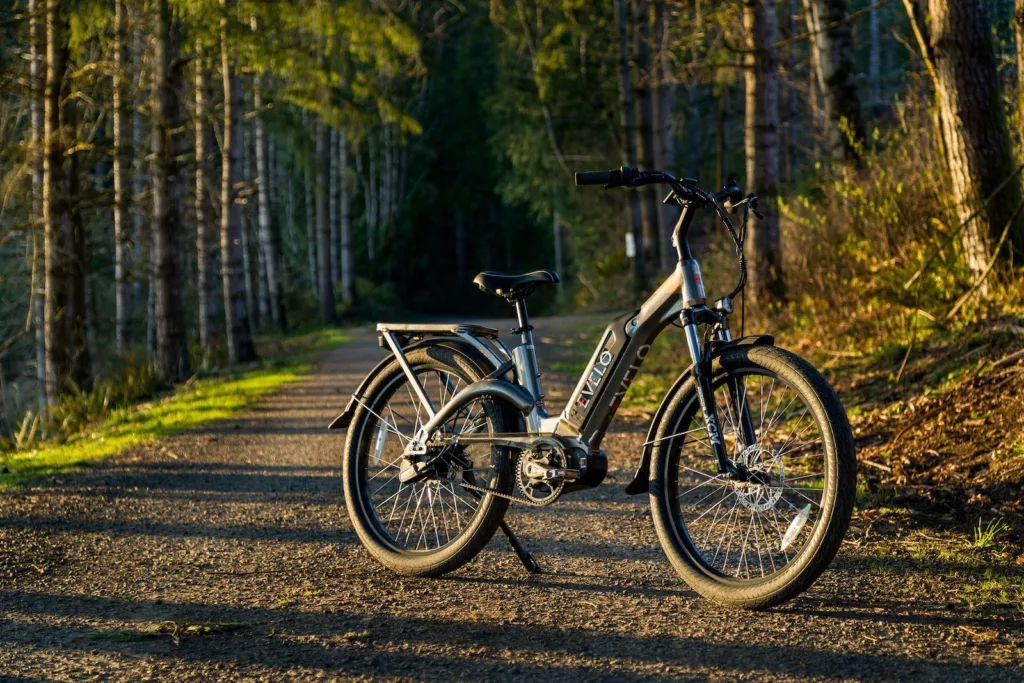
6. How can I maintain my electric bicycle?
Maintaining an electric bicycle is not too different from maintaining a regular bicycle. You’ll need to regularly check and inflate the tyres, check and adjust the brakes, and clean and lubricate the chain.
However, there are a few additional tasks that are specific to e-bikes. For example, you’ll need to regularly check and recharge the battery, and keep the electrical connections clean and dry.
It’s also a good idea to have your e-bike serviced by a professional every year or so. They can check the condition of the battery, the motor and the electrical system, and make any necessary repairs or replacements.
Remember, regular maintenance can extend the lifespan of your e-bike and keep it running smoothly. For more tips on maintaining your e-bike, check out our guide on ProCyclingUK.
7. Can I convert my regular bicycle into an electric bicycle?
Yes, it’s possible to convert a regular bicycle into an electric bicycle. This is usually done by installing a conversion kit, which includes a motor, a battery, and a controller.
Conversion kits can be a good option if you already have a bike that you love and you don’t want to buy a new one. They can also be cheaper than buying a new e-bike, although this depends on the cost of the kit and the cost of installation.
However, converting a regular bike into an e-bike can be a complex process, and it’s not recommended for beginners. It’s usually best to have the conversion done by a professional.
It’s also worth noting that not all bikes are suitable for conversion. For example, some bikes may not have enough space to install the motor and the battery.
Before deciding to convert your bike, it’s a good idea to do some research and consider all the pros and cons.
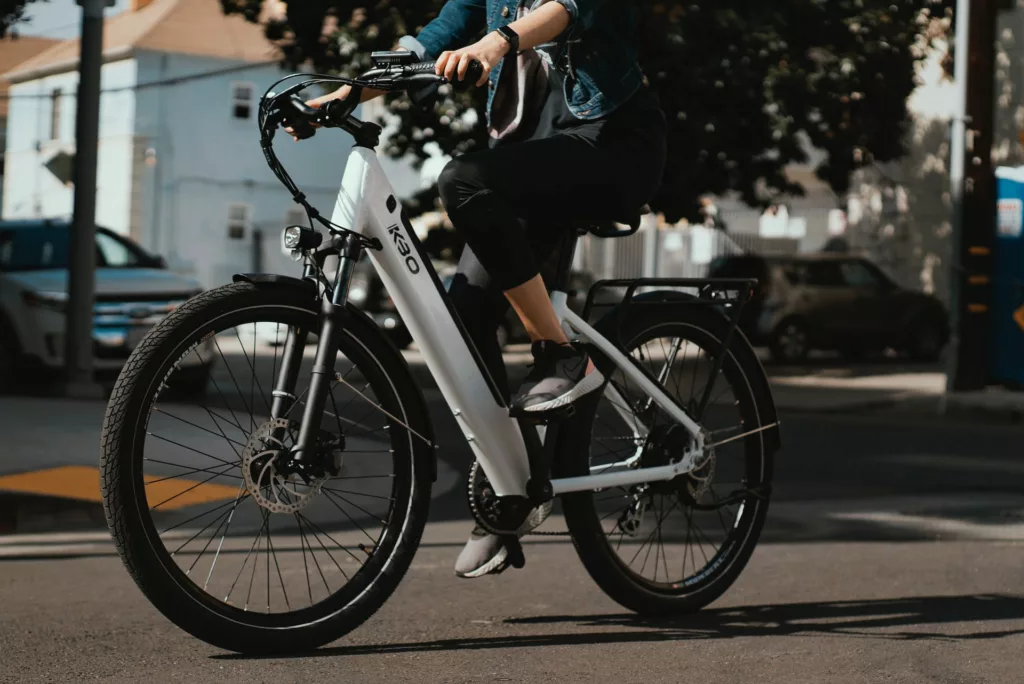
8. Can I use an electric bicycle to improve my fitness?
Yes, you can use an electric bicycle to improve your fitness. While e-bikes do have a motor, you still need to pedal to move the bike. This means you can get a good workout, especially if you choose a lower level of pedal assist.
In fact, some studies have shown that people who ride e-bikes tend to cycle for longer and more often than people who ride regular bikes. This is because the motor makes cycling less strenuous and more enjoyable, especially on hilly terrain.
E-bikes can also be a great option for people who are new to cycling or who have health issues that make regular cycling difficult. They provide a gentle introduction to the sport and can help to build fitness gradually.
Remember, to get the most out of your e-bike, it’s important to combine cycling with a balanced diet and other forms of exercise.
9. How can I secure my electric bicycle?
Securing an electric bicycle is very important, as e-bikes are often targeted by thieves due to their high value. Here are some tips to help you keep your e-bike safe:
- Use a high-quality lock: D-locks and chain locks are usually the most secure. Avoid cable locks, as they can be easily cut.
- Lock your e-bike to a solid object: This should be something that can’t be moved or easily cut, like a bike rack or a metal railing.
- Lock your e-bike in a well-lit, busy area: Thieves are less likely to target bikes that are in plain sight.
- Remove the battery and take it with you: This makes the e-bike less attractive to thieves.
- Register your e-bike: This can help the police to recover your e-bike if it’s stolen.
Remember, no lock is 100% secure, and the best way to protect your e-bike is to combine a good lock with sensible parking choices.
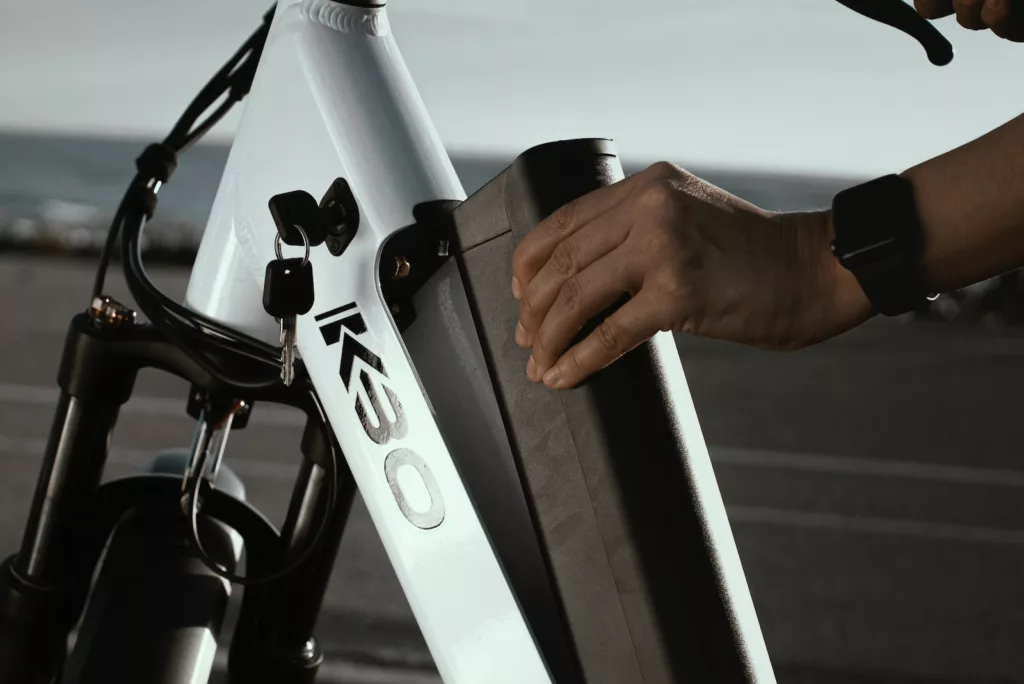
10. What are the environmental impacts of electric bicycles?
Electric bicycles are often touted as a green alternative to cars, and it’s true that they can have a lower environmental impact. E-bikes use electricity, which can be generated from renewable sources, and they emit no greenhouse gases while they’re being ridden.
However, like all products, e-bikes do have some environmental impact. The production of the bikes and their batteries requires energy and resources, and the batteries need to be replaced every few years.
The overall environmental impact of an e-bike depends on factors such as how the electricity is generated, how often the bike is used, and how long the bike and its battery last.
It’s worth noting that e-bikes can have a lower environmental impact than regular bikes if they’re used to replace car trips. This is because cars are much more energy-intensive to produce and use than e-bikes.
To minimise the environmental impact of your e-bike, try to use it as much as possible, take good care of it to extend its lifespan, and recycle the battery at the end of its life.
For more reviews and tips on e-bikes, check out our articles on ProCyclingUK.


